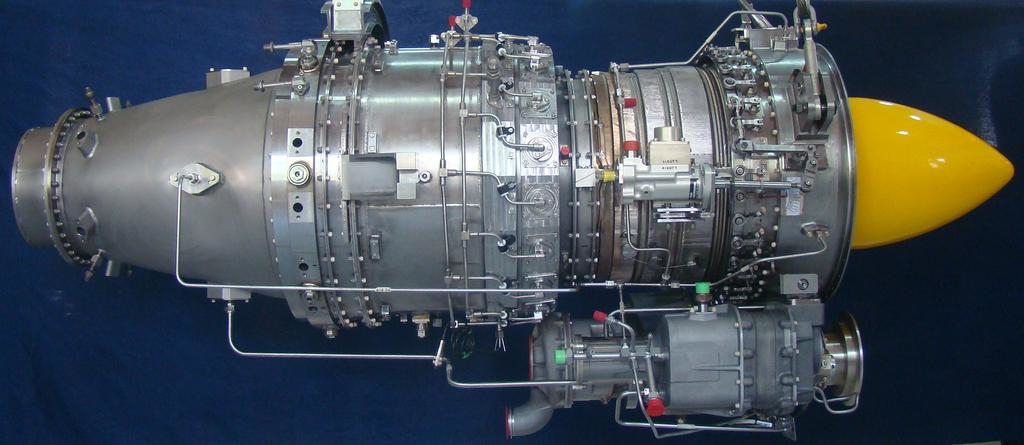SOURCE: RAUNAK KUNDE / NEWS BEAT / IDRW.ORG


The Hindustan Turbo Fan Engine (HTFE-25), a 25 kN thrust turbofan engine under development by Hindustan Aeronautics Limited (HAL), represents a critical step in India’s journey toward self-reliance in aerospace propulsion technology. Designed to power trainer jets, unmanned aerial vehicles (UAVs), light combat aircraft, and potentially regional jets, the HTFE-25 has been in development since 2013, with its first successful engine run conducted in 2015.
However, a recent AFI report released last week has shed light on significant delays in the program, prompting a HAL official to provide an update to idrw.org. While the project has faced setbacks due to delayed land clearances, unplanned procurement activities, and technology gaps, HAL remains optimistic about regaining momentum and achieving production readiness by 2030.
The HTFE-25 program, initiated by HAL’s Aero Engine Research and Development Centre (AERDC) in Bengaluru, aims to deliver a low-bypass, twin-spool, mixed-flow turbofan engine capable of powering a variety of platforms. With a three-stage low-pressure compressor, a five-stage high-pressure compressor, and air-cooled, high-efficiency turbine blades, the engine is designed to meet the needs of modern military and civilian aircraft. The market potential for the HTFE-25 is estimated at 200-250 units, spanning applications from trainers to business jets, making it a cornerstone of India’s push for indigenous aerospace technology.
The program marked a significant milestone in 2015 when the HTFE-25 core completed its inaugural run in the presence of then-Defence Minister Manohar Parrikar. This achievement was celebrated as a step toward self-reliance, with HAL aiming to complete the engine’s development within six years. By 2019, two core engines had been produced, completing 339 test runs, including cold starting tests at 14°C and achieving 100% maximum speed with and without inlet guide vane (IGV) modulation. HAL also initiated development of an afterburner variant, conducting its first test with a basic afterburner configuration in March 2019. Cold and hot weather high-altitude trials were successfully completed in Leh, demonstrating the engine’s potential to operate in diverse conditions.
Despite these early successes, the HTFE-25 program has encountered significant hurdles over the past decade. The AFI report released last week detailed several factors contributing to the program’s slowed pace in recent years, including delays in the construction of test beds due to land clearance issues, unplanned procurement activities, and technology gaps. These challenges have collectively pushed back the project’s timeline, raising concerns about HAL’s ability to deliver a flight-worthy engine on schedule.
The construction of test beds, a critical component of the engine’s Stage II development—which encompasses prototype development, testing, and certification—was delayed due to prolonged land clearance processes. This bottleneck hindered HAL’s ability to conduct essential ground and flight testing, slowing the program’s progress. Additionally, the AFI report pointed to unplanned procurement activities, echoing earlier criticisms from the Comptroller and Auditor General (CAG) in 2023, which highlighted HAL’s failure to anticipate risks and conduct proper feasibility studies. The CAG report noted that the lack of a technology gap analysis between the development of Core Engine 1 and Core Engine 2, along with inadequate planning, led to wasteful expenditure of nearly Rs 160 crore.
In response to the AFI report, a HAL official contacted idrw.org to provide clarity on the program’s status. The official acknowledged that the HTFE-25 project had lost pace in recent years due to the aforementioned challenges but emphasized that HAL is taking steps to address these setbacks. The inauguration of a new state-of-the-art design and test facility at AERDC in December 2023, spanning 10,000 square meters, has been a significant boost to the program. Equipped with advanced computational tools, in-house fabrication capabilities, and dual test beds for the HTFE-25, the facility has enabled HAL to accelerate testing efforts. By mid-2024, acceleration trials had reached 55% of the engine’s speed, and the full technology demonstrator completed its first successful run, marking a notable step forward.
The HAL official expressed confidence that the program would regain its pace soon, with a target of completing the majority of final line testing in the coming years. Stage II testing, which includes rigorous prototype development and certification processes, remains a priority, though the majority of these tests are still pending. HAL now projects that the HTFE-25 will be ready for production by 2030, aligning with earlier estimates that transitioning from a technology demonstrator to a certified, flight-worthy engine could take an additional five years or more from the current stage.
The HTFE-25 holds immense potential for India’s defense and aerospace sectors. Once certified, the engine could power a range of platforms, including the HAL Hawk-I (a modified Hawk 132 Advanced Jet Trainer used as a flying testbed), future trainer aircraft like the HTT-40, and unmanned systems such as High Altitude Long Endurance (HALE) UAVs. There is also speculation that the engine could be integrated into the Combat Air Teaming System (CATS) ecosystem or a next-generation trainer, providing a clear end-user commitment to drive the program forward. An afterburner variant, capable of generating up to 40 kN of thrust, is also under consideration, which could power light fighters or strike UAVs, further expanding its utility.
The strategic importance of the HTFE-25 cannot be overstated. India’s reliance on foreign engines has long been a vulnerability, with delays in engine supply and geopolitical constraints impacting aircraft programs like the Tejas LCA. A successful HTFE-25 would reduce this dependency, positioning India as a credible player in the global aero-engine market and supporting the government’s “Aatmanirbhar Bharat” (self-reliant India) initiative. However, the program’s success hinges on HAL’s ability to overcome its current challenges and deliver a reliable, certified engine by the projected 2030 timeline.
NOTE: Article cannot be reproduced without written permission of idrw.org in any form even for YouTube Videos to avoid Copy right strikes. Websites doing illegal reproductions will get DMCA and Legal Notices.